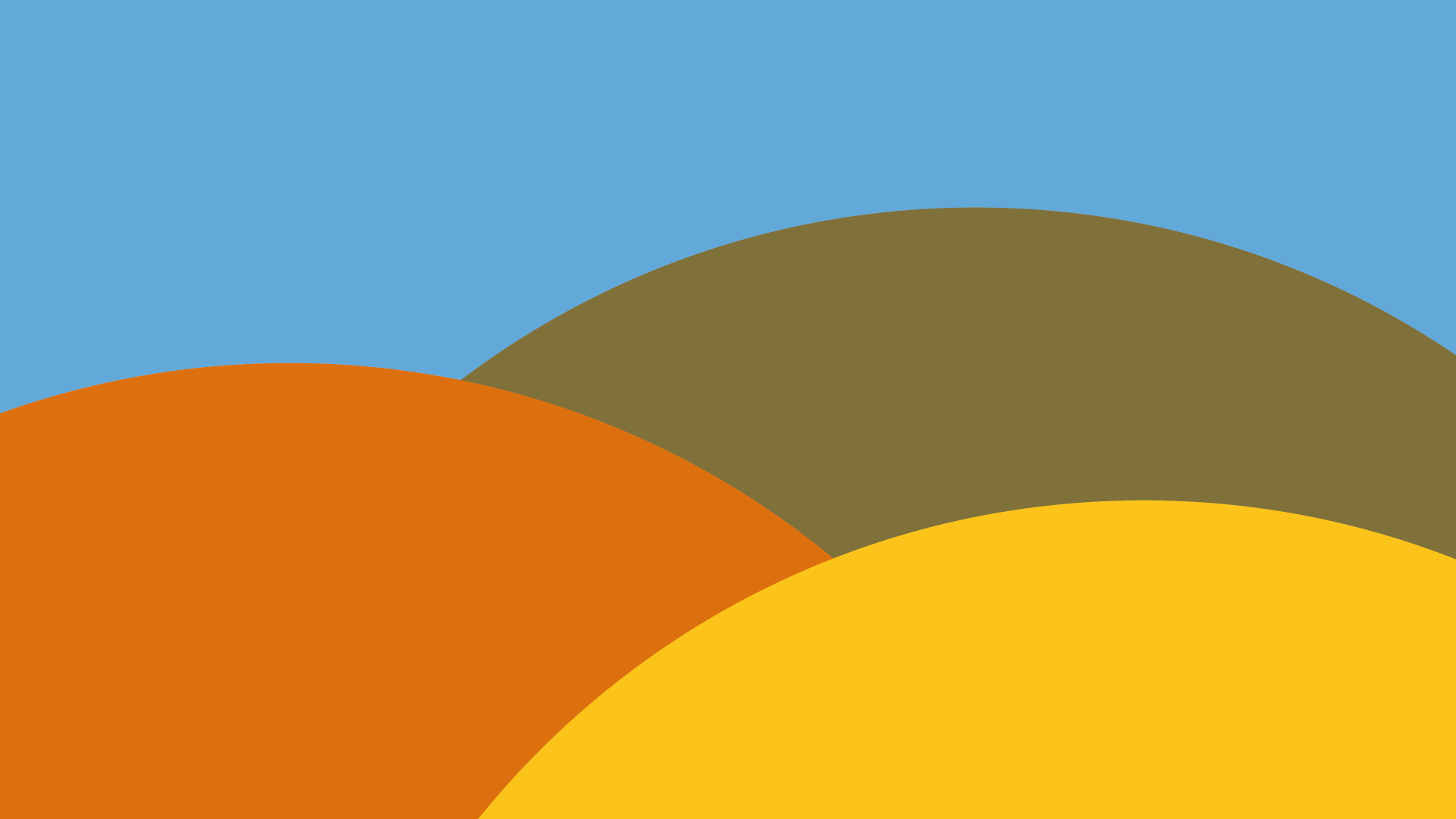IS2 | The Stone Library
The streets of Carrara that morning were bathed in a light so pale it felt like the town itself had been carved from a single block of mist. The sun had not yet made its decision to rise fully, and the air was cool and sharp, carrying with it the scent of stone: a mixture of earth, lime, and ancient breath.
Isabela walked slowly, as if the city had asked her not to hurry. She passed shuttered cafés, windowsills dotted with cracked pots of geraniums, and walls where fragments of marble were embedded like fossils in a geological puzzle. The Museum of Marble sat at the edge of town, near the place where the roads turned toward the mountains. It was not a grand building, not monumental like she had imagined, but modest—whitewashed, weathered, and gently sloping upward like a wave frozen in mid-crest.
As she stepped through the wide glass doors, the hush inside was immediate, like entering a cathedral built not for prayer but for remembering. The museum was lit in diffuse bands of natural light that fell from narrow skylights, touching surfaces with reverence. Dust motes floated in the beams like invisible sculptures still waiting to settle.
The first hall was a map, not of cities and rivers, but of veins and faults. A massive slab of Carrara marble stood upright, veined with grey like frozen lightning. Panels described the geological birth of the Apuan Alps, their slow rising from the belly of the sea. Isabela touched the edge of the slab and felt not cold, but a quiet pulse. She imagined the mountain whispering its first memory to her—of pressure, of darkness, of form aching to be born.
Further on, the museum unraveled in chambers, each one like a stanza in a long marble poem. There were Roman inscriptions chiseled so cleanly that the words seemed freshly spoken. There were Renaissance busts with eyes that looked beyond time. There were photographs of dusty men on steep inclines, saws in hand, standing in the belly of the mountain like surgeons of the Earth.
Isabela was bending over a display of worn tools—wood-handled rasps and dented chisels—when she heard a voice from behind.
“You’re looking at ghosts.”
She turned and found an older man, his silhouette framed by the pale glow of a window. His face was a topography of ridges and valleys, eyebrows like birds mid-flight. He wore a faded brown corduroy jacket, and from one pocket protruded the edge of a sketchbook, its pages frayed at the corners. On his shoulder, a single flake of marble rested like a snowflake that had forgotten to melt.
“I beg your pardon?” she asked, uncertain.
“Those tools,” he said, stepping beside her. “They belonged to men who never signed their names. But each mark they left is still alive. Ghosts, I call them, because you can feel their hands when you hold the chisel.”
He introduced himself as Professor Leone, once a sculptor, now a quiet caretaker of the museum’s past. He spoke not like a lecturer but like someone reciting from a memory so old it had become part of the stone itself.
He offered to walk with her.
Together, they wandered the halls. In one room, a large window opened onto a view of the marble quarries in the far distance—white scars slashing through green mountain slopes. “From here, they look like wounds,” Isabela murmured.
“They are,” he replied. “But wounds that yield beauty. Like certain truths.”
He led her to a small room tucked behind the main gallery, almost forgotten. There, set in a quiet alcove, stood a half-finished sculpture: a human form curled in on itself, only partially released from the block. One shoulder fully rendered, one hand still locked in stone. A torso that suggested breath. A face hidden.
“No label?” she asked.
“It has no name,” Leone said. “We found it in a storeroom twenty years ago. No record, no artist. Just this.”
They stood in silence for a long while. Isabela felt her own breath slowing, matching the stillness of the piece.
Finally, he turned to her and said, “You see things.”
“I try to.”
“There’s a small workshop behind the museum,” he said. “Part of the old Accademia. It’s not on the tours. I go there most afternoons to drink coffee and argue with the stone. If you’d like to come, you’re welcome.”
And then he was gone, leaving her there with the nameless statue, the forgotten chisels, and a small flame lit quietly somewhere behind her ribs.
Outside, the sunlight had finally poured itself over the city, gilding the rooftops and making the dust sparkle like powdered stars.
Isabela stepped out into the light, the chisel-shaped silence of the museum still in her fingers.
The marble had begun to speak.
Isabela's experiences









